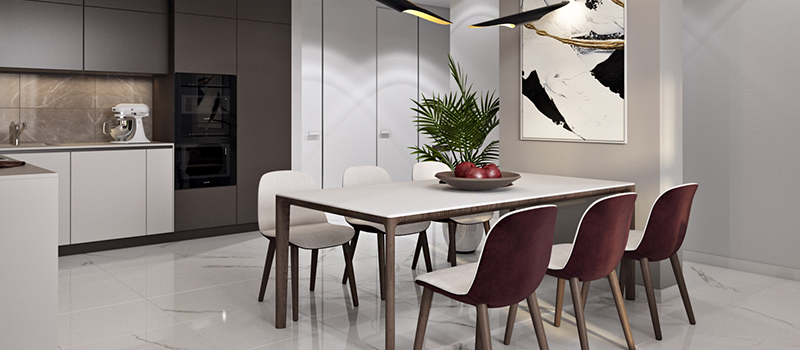
Any realtor is familiar with the situation, where a lack of attractive images prevented them from selling a property quickly and for the desired price. Even when that property was absolutely worth that price. It is a common problem when selling empty dwellings or those with shabby, outdated furnishing. So, realtors often resort to staging – creating good-looking interiors for the purpose of boosting the imagination of their potential buyers.
There are two kinds of staging – real and virtual. Each has its positive and negative aspects, and many real estate agents struggle to choose the best option for themselves. Real staging is a known practice, which has been around for a while. However, it is quite expensive and time-consuming. Virtual staging, on the other hand, is a modern and still rather unknown thing for many realtors. But it promises great results with minimum time, effort and money required.
Now, this article is especially for those who are thinking about contacting a virtual staging company for the first time, but are still hesitating. It offers a chance to learn the pros and cons of both options to make the right decision. So, virtual staging vs real staging – who wins?
Pros Of Virtual Staging
#1. Time-efficiency
When time is a pressing matter, virtual staging can save the day. A professional studio can deliver high-quality results within approximately 2-4 days, depending on the complexity of a project. The realtor receives the final images instantly, as soon as they are ready. If there is a need to make any corrections mid-way, it can be done in no time. While, with photos, it either takes a tremendous amount of time or is not possible at all.
#2. Affordability
Everything that is needed for virtual staging is a computer with specialized 3D rendering software. That explains the fact that the cost of staging a home digitally is usually about 90% lower than that of real staging. Which makes it a great choice for small real estate agencies that don’t have unlimited marketing budgets. If we talk about virtual staging vs real staging in this context, the former definitely wins.
#3. Variety of design options
With CGI, realtors can choose different styles for properties to market them according to the target audience’s preferences. For instance, there is a perfect place for a young family with kids, with kindergartens and schools nearby. It can be virtually staged to appeal to the values and tastes of exactly those people who will want to buy it.
#4. Different formats
The results of virtual staging can be photos, videos, immersive virtual tours, interactive sliders and 3D floor plans. According to the National Association of Realtors, about 93% of real estate buyers look for properties online, and 73% use mobile devices for that. That means the visual content must stand out to get their attention instantly. And using multiple different formats for promo materials truly helps here.
Cons Of Virtual Staging
#1. False impressions
Professional design can look great, but the buyers can be disappointed if they cannot recreate something similar themselves. A realtor might get carried away with style references and the variety of 3D furniture and decor models, commissioning a virtual look that does not really correspond to a property’s profile. For instance, a high-end interior design for a low-budget apartment, the main advantage of which is its modest price. That will likely scare the potential buyers away.
However, it is possible to reduce the risk of the buyer’s post-purchase frustration. One must simply keep in mind that even though virtual staging makes anything possible, it shouldn’t be overdone. Too much of a good thing, as they say.
#2. Hiding too many flaws
If virtual renovation is used as well as staging, it may make the property look too good. And the buyers, even being aware of the property’s problems, might seriously underestimate them. The only solution here is labelling all the pictures properly and showing the real pictures right next to the virtually renovated and staged ones. Because the buyers need to be aware if repair works on the property are going to cost them a fortune.
Pros Of Real Staging
#1. Familiarity
Most realtors with years of experience already have their favorite home staging companies and are used to the process of real staging. Some large real estate agencies even have their own home-staging departments with professional stylists and photographers. For them, the virtual staging vs real staging question is not a burning one. In this case, preserving the existing business processes appears to be more practical than cutting expenses.
#2. Full experience
Real staging provides the full experience for those who get interested in a property after seeing it online and request a tour. Normally, staging items are rented for the whole time a home is for sale. So, when potential buyers visit the place in person, they see exactly what they saw on the website. This way, it is easier for them to picture themselves living there, even though they know, of course, that the staging items don’t come with the place. Or, at least, are not included in the price. With real staging, buyers might have more trust in their real estate agent. And that is very important when it comes to something as big as buying a home.
Cons Of Real Staging
#1. High cost
With real staging, it is necessary to hire professional home stagers, rent the furniture and decor pieces. Sometimes a property might even need a repainting or some minor repair work. Smaller real estate agencies might be able to afford that for one or two homes at a time, but staging multiple places this way is impossible for them.
#2. Long waiting time
Once an order has been made with a real staging company, the realtor has to wait for quite a while until everything gets done. The process includes selection of style and of suitable staging items, transportation, arrangement, photography and editing. And the longer it takes to prepare visual materials for property listing, the more complaints the realtor will get from the seller.
#3. Expectations vs reality
Some properties require fundamental repair works before they can look good enough to capture buyers’ attention from photos. Which means it is not always possible to achieve the desired results with real staging. Or it is, but is too expensive. That can be a real disappointment for realtors who spend big chunks of their marketing budget on home staging services hoping for a better chance to sell unattractive-looking properties.
#4. Lack of variety
When agencies employ the same real staging company for a long time or have an in-house staging department, all their properties might begin to look very similar. Most stagers use the same styling methods for all the places they furnish. And, of course, their arsenals of furniture and props and not limitless. This way, realtors can end up with whole catalogs filled with very similar images for all their properties. Which is, obviously, not a great thing. Especially when a fresh touch is needed to highlight the best features of a certain place.
So, those were all the relevant pros and cons in the contest of virtual staging vs real staging. While it appears that virtual staging has more advantages compared to real staging, it should not be perceived as the final say in the issue. Indeed, virtual staging offers solutions to many problems that one might have with real staging. But not all of the mentioned points have the same value to all of the real estate professionals. Hopefully, this article helps some of them to clearly see what their top priorities are, and to make the best decision for their own business.
Would you like to try virtual staging services to gloss up your property pictures? Contact us at ArchiCGI and get top quality images for the best price, in the shortest time possible. Boost your sales with amazing visuals!

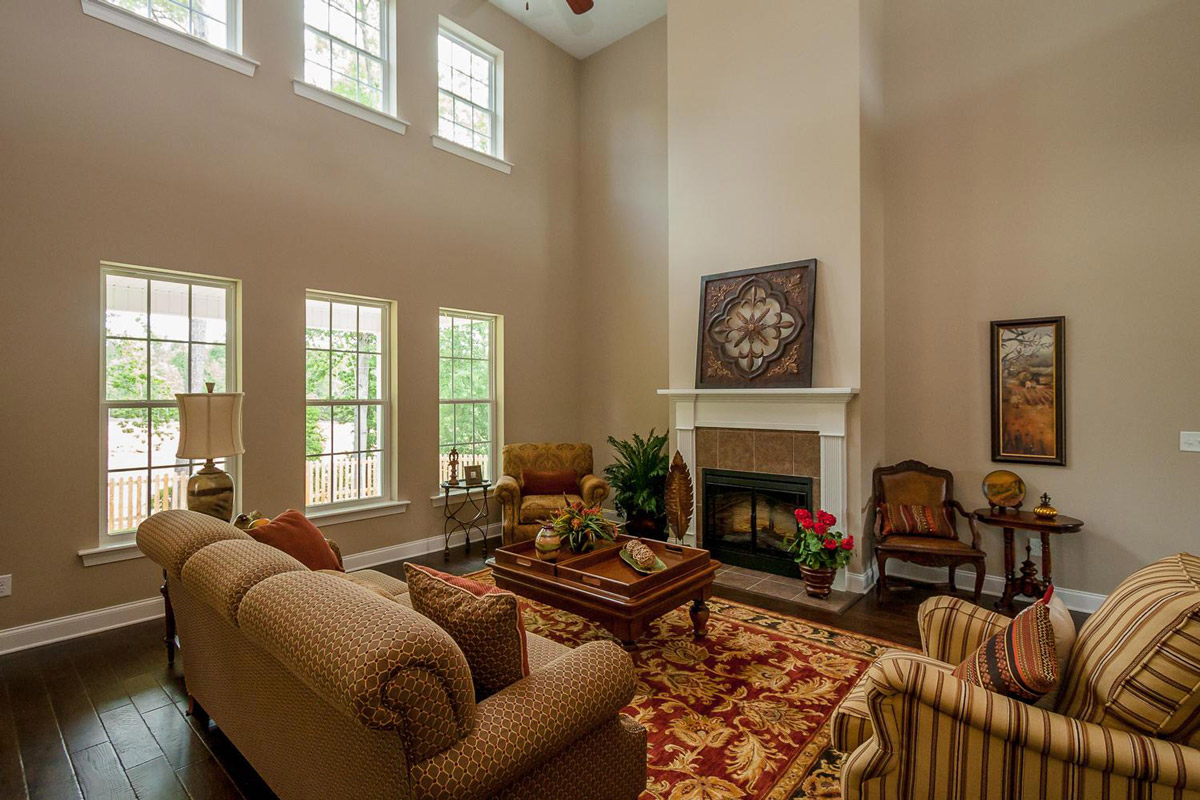
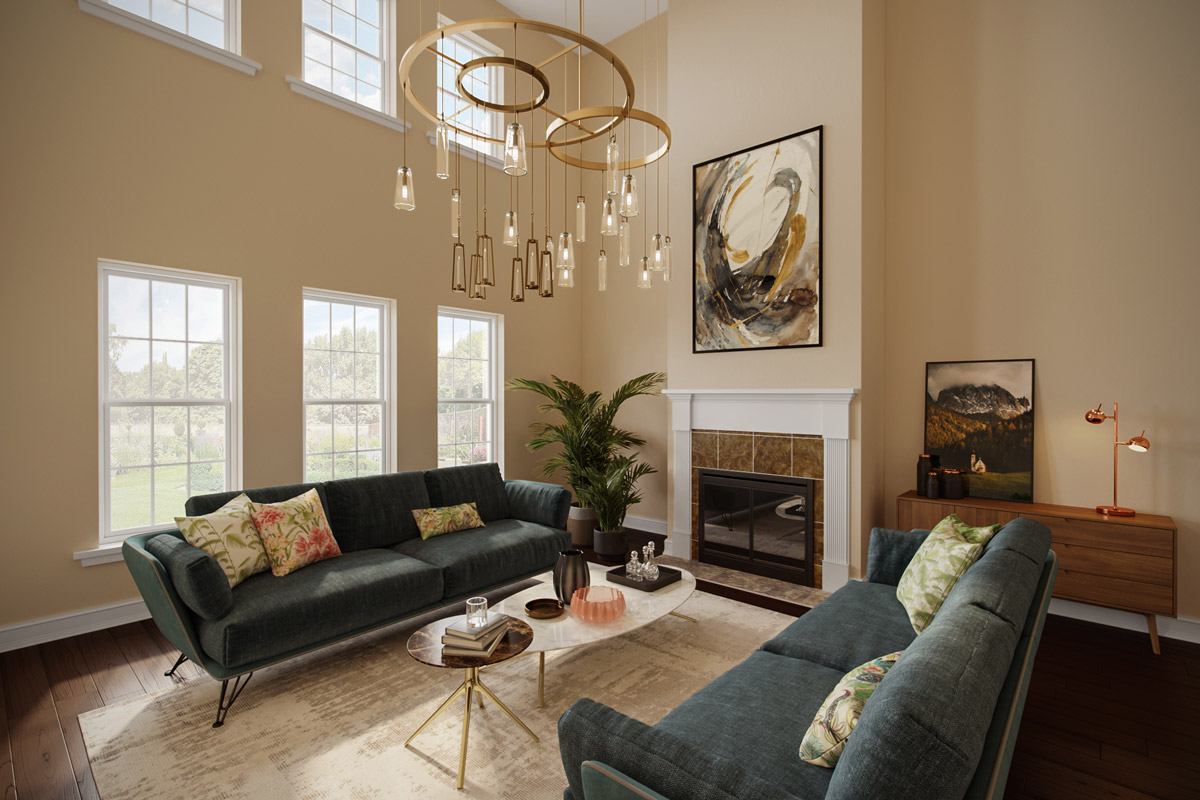
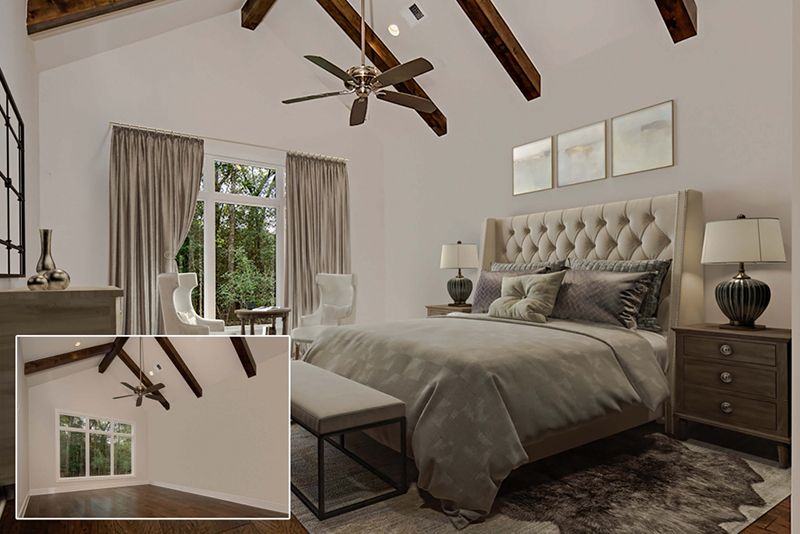
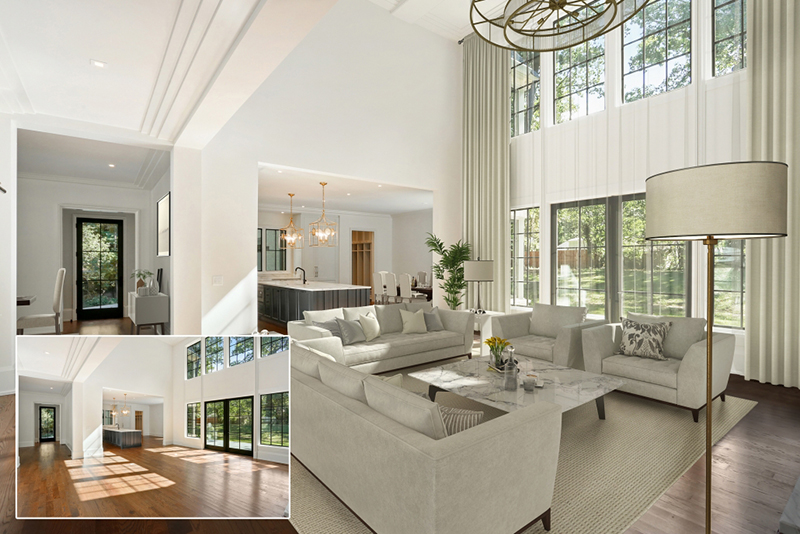





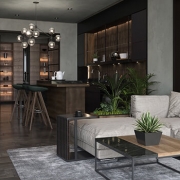


I personally think real staging is better than virtual. There is a higher chance that buyer on visiting the place and seeing it staged like it was in the picture would make an offer and in some cases even a very good offer but when it comes to virtual staging no doubt it costs less but the house would look nothing like in the picture and people with weak imagination will have hard time in picturing themselves in the house.